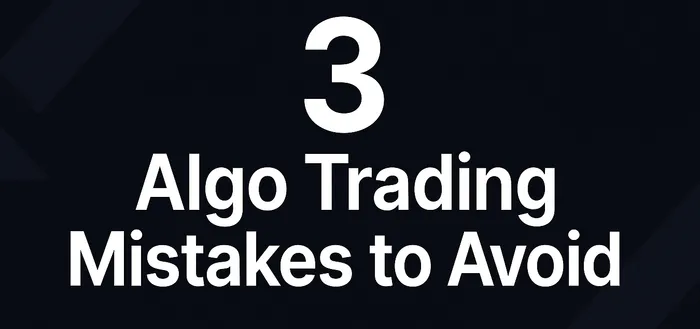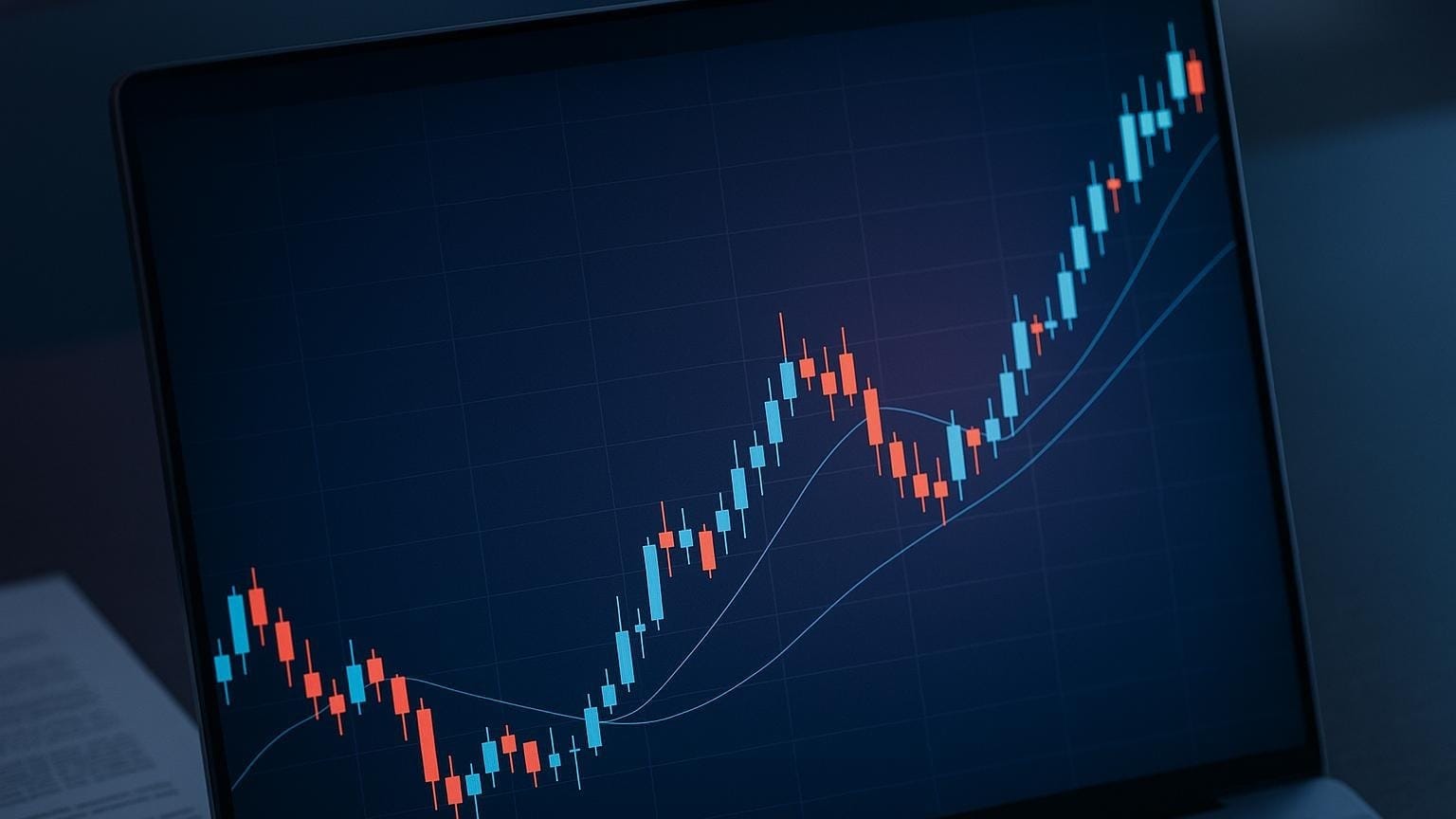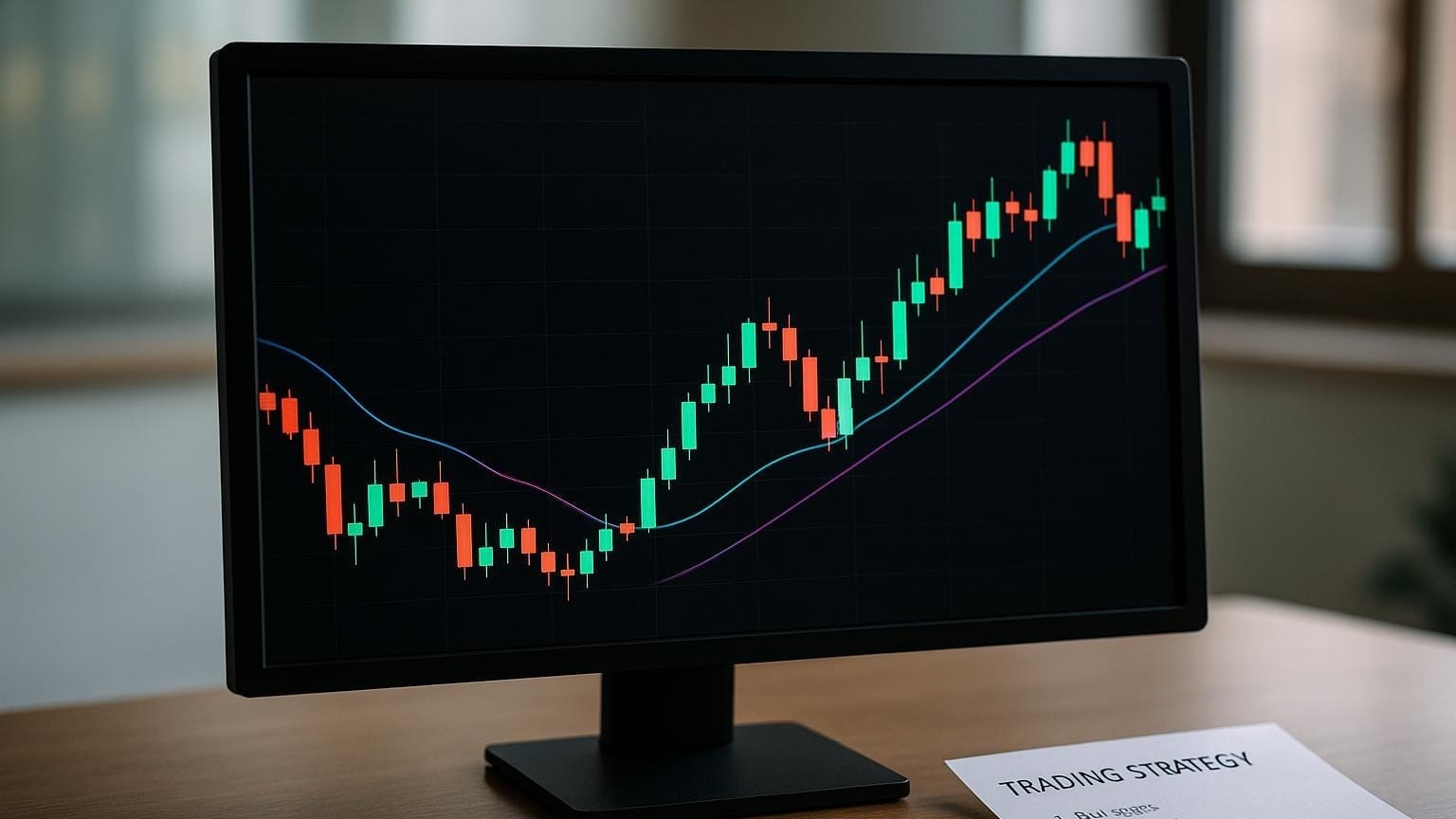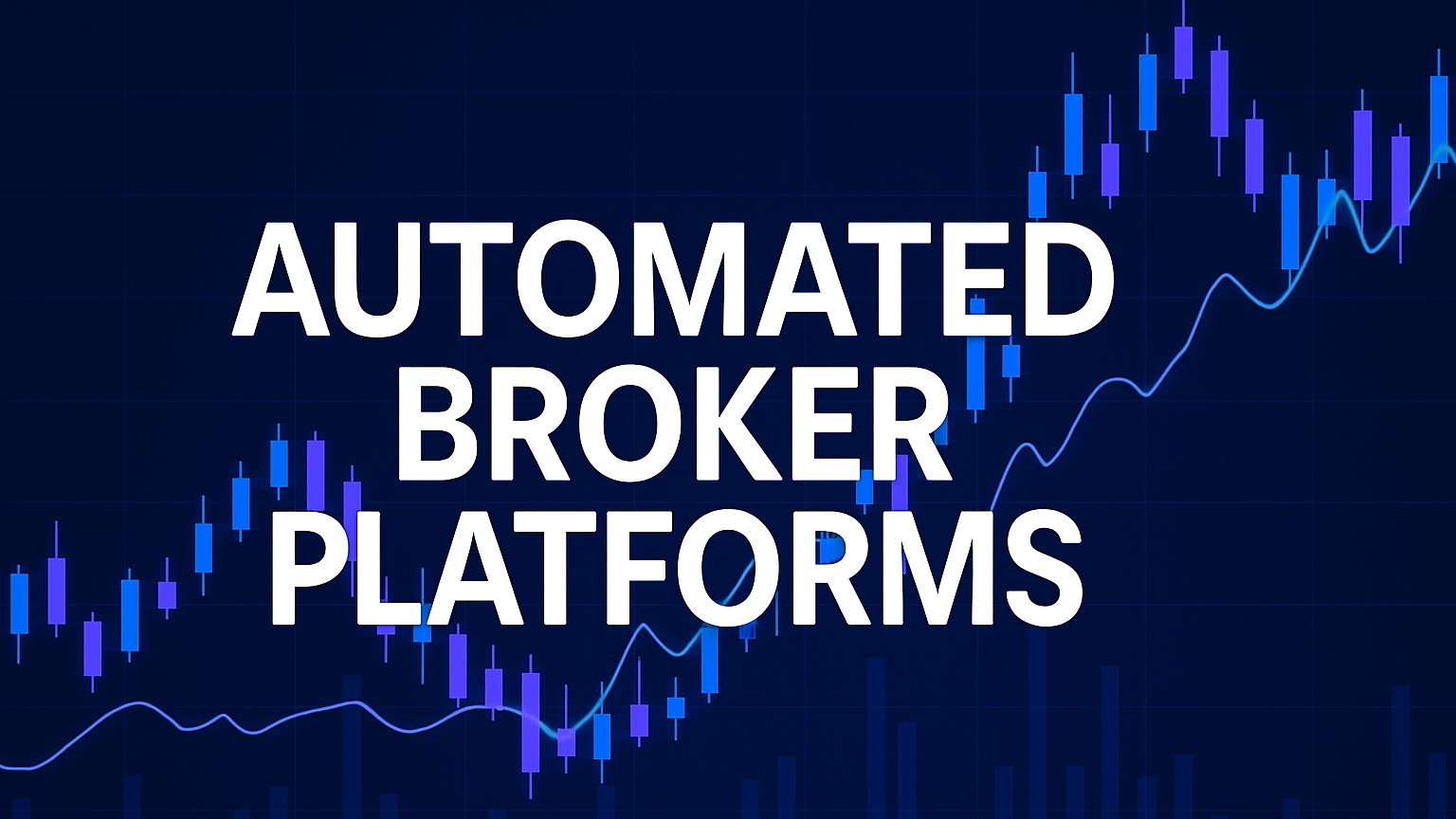Avoid common pitfalls in algorithmic trading, such as over-optimization and poor risk management, to enhance your trading performance.
Algorithmic trading can be powerful, but common mistakes often lead to losses. Here are the top 3 errors to watch out for:
- Over-optimization: Strategies that look perfect on historical data often fail in live markets. Signs include flawless backtest results and overly complex rules. Avoid this by using out-of-sample testing, walk-forward optimization, and stress testing.
- Poor risk management: Ignoring safeguards like stop-loss orders, position sizing, and diversification can drain your capital. Use tools like real-time monitoring, drawdown controls, and Value at Risk (VaR) to protect your portfolio.
- Over-reliance on backtesting: Backtests often miss real-world factors like transaction costs, slippage, and market impact. Combine backtesting with paper trading and small live trades to validate strategies under actual conditions.
These mistakes can derail your trading efforts. Focus on robust testing, disciplined risk management, and adapting to market changes. Start small, test thoroughly, and always prioritize protecting your capital.
5 Big Algo Trading Mistakes
Mistake 1: Over-Optimization
Over-optimization, often called curve-fitting, happens when strategies are fine-tuned to perform well in historical tests but fail in live markets. It is a common trap traders must avoid to succeed in real trading environments.
What Is Over-Optimization?
Over-optimization occurs when algorithms are excessively tailored to fit past data, creating the illusion of effectiveness. Unfortunately, this fine-tuning often leads to poor performance when applied to new, real-world data.
"Over-optimization, also referred to as curve-fitting, is when a trading system is excessively tuned to conform precisely to historical data. The algorithm is optimized to such an extent that it performs exceptionally well on the past data but fails to perform similarly on new, unseen data." – Norm Hart
Common Signs of Over-Optimized Systems
Key warning signs include:
| Warning Sign | Description | Impact |
|---|---|---|
| Perfect Backtest Results | Unrealistic returns with minimal drawdowns | Creates false confidence in performance |
| Parameter Sensitivity | Small changes in variables lead to dramatic performance shifts | Indicates lack of robustness |
| Complex Rule Sets | Too many indicators or conditions controlling trades | Limits adaptability to new market conditions |
Kevin Davey from KJ Trading Systems points out: “Improving and adding rules to a strategy does not mean it will work better in the future”, highlighting how unnecessary complexity undermines robustness.
How to Avoid Over-Optimization
To build strategies that work in live markets, consider:
1. Out-of-Sample Testing
Set aside a portion of historical data exclusively for validation so your strategy identifies genuine patterns instead of memorizing past moves.
2. Walk-Forward Optimization
Use multiple out-of-sample periods to simulate live trading conditions and expose curve-fitted systems.
3. Stress Testing
Run scenarios from challenging periods, such as 2007–2009, to ensure your algorithm can handle unexpected market behavior.
"Over-optimization is harmful because the value of each added variable falls off exponentially, but this is not apparent in backtests."
Mistake 2: Poor Risk Management
Poor risk management can seriously hurt algorithmic trading performance. Even when strategies look solid, neglecting proper controls can drain capital.
Risk Management Basics
Effective risk management protects trading capital through:
- Position Sizing: Trade only a set percentage of capital to limit exposure.
- Stop-Loss Strategy: Use automated exits to cap losses at predetermined levels.
- Portfolio Diversification: Hold assets that do not move in sync.
Risk management in trading is the systematic process of identifying, analysing, and mitigating potential risks associated with financial trading.
Common Risk Control Errors
- Excessive Leverage: Amplifies gains and losses, often beyond expectations.
- Poor Stop-Loss Settings: Leads to unnecessary losses, especially in volatile markets.
- Over-Concentrated Portfolios: Too many correlated assets increase vulnerability to shocks.
Setting Up Risk Controls
A structured approach can make all the difference:
1. Real-Time Monitoring Systems
Continuously track risk levels. Platforms like Validus Risk Controls demonstrate modern solutions.
"Validus meets market surveillance requirements while enhancing our ability to monitor real-time order messages in support of automated trading."
2. Value at Risk (VaR) Implementation
Define clear VaR limits to estimate potential losses under normal market conditions.
3. Drawdown Controls
Pause trading automatically if losses hit a set threshold.
"Effective risk management protects capital, preserves profits, and avoids catastrophic losses."
Risk management is ongoing—successful traders continuously refine controls to adapt to changing conditions.
Mistake 3: Backtesting-Only Approach
Relying solely on backtesting without live validation often results in losses when real-world performance diverges from theoretical expectations.
The Limits of Backtesting
- Look-ahead Bias: Using future data that would not be available during live trading.
- Transaction Costs: Fees and slippage can reduce projected profits by 30–50% versus backtests.
- Market Impact: Large orders can move prices, especially in less liquid markets.
"Backtested performance does not represent actual performance and should not be interpreted as an indication of such performance." — Shell Capital Management
The collapse of Long-Term Capital Management in 2000 shows how models can fail when conditions differ from history.
Why Use Paper Trading?
- Test strategy execution in real-time conditions.
- Spot technical issues without risking capital.
- Build discipline through simulated live scenarios.
Modern solutions such as LuxAlgo pair an AI Backtesting Assistant for multi-time-frame validation with the Price Action Concepts toolkit for pattern detection and market-structure analysis.
A Multi-Method Approach
- Run historical tests that include realistic transaction costs, slippage, and market impact.
- Validate with out-of-sample data to avoid over-fitting.
- Start with small live positions to fine-tune risk settings and identify execution problems.
"Risking real money on an untested strategy is like hiking in the mountains without a map." — Hugh Kimura, Independent Trader
The 2012 Knight Capital Group glitch, which caused enormous losses, underscores the need for thorough testing before full deployment.
Conclusion
Common Pitfalls in Algorithmic Trading
- Curve-fitting: Strategies that look great during backtesting but fail in live markets.
- Poor risk management: Inadequate controls can lead to significant losses.
- Over-reliance on backtesting: Lack of live validation often means underperformance.
Steps to Improve Trading Performance
- Track performance in real-time: Monitor execution speed, fill rate, and market depth.
- Adapt to market changes: Update parameters regularly.
- Diversify and hedge: Spread risk across strategies and markets.
- Account for transaction costs: Include fees and slippage in planning.
- Combine automation with human input: Maintain oversight and adjust as needed.
Advanced Tools for Smarter Trading
Enhance results with solutions designed for efficiency and accuracy. LuxAlgo simplifies strategy optimization by pairing its AI Backtesting Assistant with the Price Action Concepts toolkit for detecting patterns and analyzing structures.
- Dashboards for real-time monitoring
- Multiple environments for strategy testing
- Automated position-sizing utilities
- Community-driven validation resources
"LuxAlgo has really stepped up my trading, there is a setup for any style you prefer which is great—you do not have to put yourself in a box metaphorically speaking."








